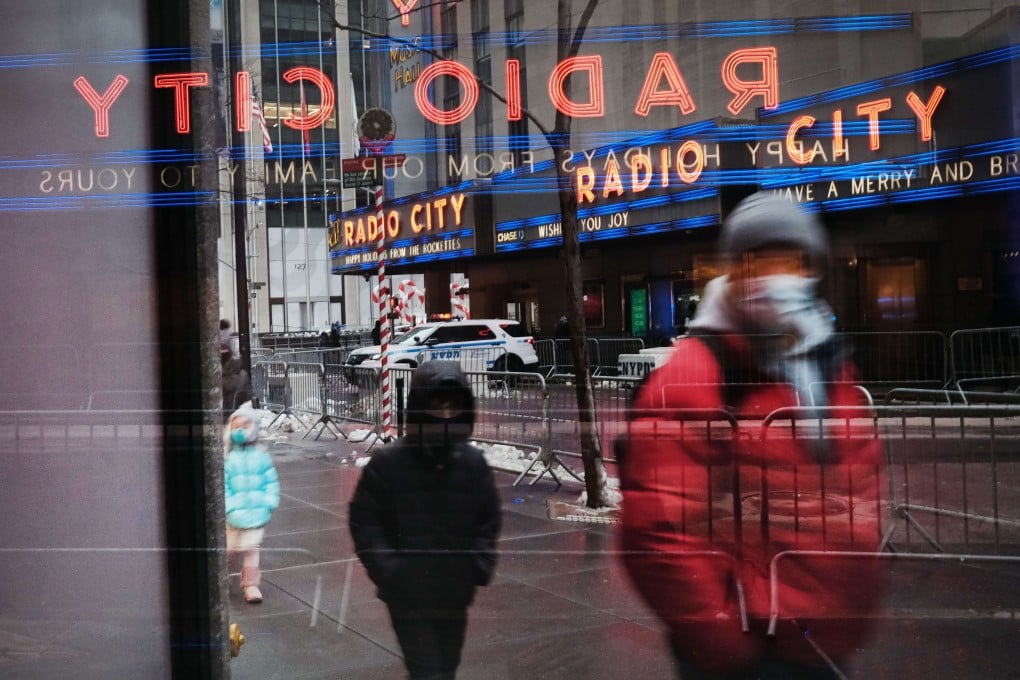What the US’ latest stimulus bill means for investors in the new year
- The short-term nature of the stimulus package underscores the need for the new Congress to provide further relief
- The long-term costs are also worth watching, as we hopefully approach the end of the pandemic and look towards a broad economic rally

After a long wait, US President Donald Trump finally signed the second pandemic relief and government funding bill into law on December 27.
In addition, language has been added to the bill forcing the Federal Reserve to close four lending facilities and return unused funds from these programmes to the Treasury, and prohibiting the Fed from restarting these programmes without new legislation from Congress.
For the US economy, this package provides some overdue relief. The resurgent pandemic has caused an economic slowdown, which is becoming evident from short-term indicators such as unemployment claims, airline travel and restaurant reservations. While fourth-quarter real GDP growth could still be as strong as 5 per cent annualised, growth in the first quarter of 2021 could slip to 1 per cent or below.

02:26
Demand for free food rises in US as nation’s Covid-19 pandemic crisis deepens
As a result, the bill is critical to helping some workers and businesses get through the hardship before the mass distribution of Covid-19 vaccines and a full economic recovery. However, the short-term nature of this stimulus package underscores the need for the new Congress to provide further relief after it begins its duties later this month.
